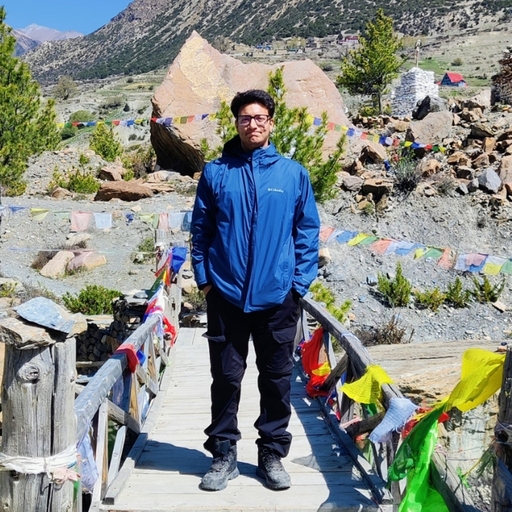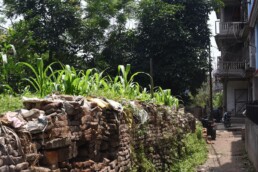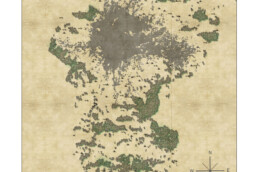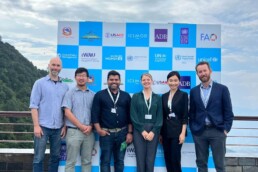This is an important initiative aimed at enhancing disaster preparedness and response in one of the most at-risk regions of Nepal. The Bagmati River, vital yet vulnerable due to seasonal floods and encroachments, poses significant risks to adjacent informal settlements, where communities often lack robust infrastructure and formal disaster response mechanisms.
The initiative aims to examine these settlements’ vulnerability to natural disasters, notably floods, and create a strong post-disaster management strategy. Using cutting-edge technology like drones and 360-degree imaging allows for precise and reliable data collecting even in remote regions. This information is critical for mapping risk areas, determining the spatial distribution of vulnerabilities, and preparing effective emergency responses.
The major outputs of this initiative can be:
1) Vulnerability Assessment:
i) Data Collection: Deploy drones with high-resolution cameras and 360-degree video capabilities to gather comprehensive visual data across the Bagmati River corridor.
ii) Risk Mapping: Use the collected imagery to create detailed maps highlighting risk-prone areas, the state of infrastructure, and the locations of critical resources and shelters.
iii) Community Input: Incorporate feedback from community members to validate findings and integrate local knowledge into risk assessments.



2) Post-Disaster Management Plan:
i) Emergency Response Strategies: Develop tailored response strategies based on each settlement’s unique layout and needs. Plan logistics for evacuation, medical aid, and temporary shelters.
ii) Recovery and Rehabilitation: Outline steps for rehabilitation and reconstruction post-disaster, focusing on building resilience against future incidents.
iii) Training and Capacity Building: Conduct training sessions with local authorities and community leaders to enhance their ability to use the provided data and technology for ongoing disaster management.
3) Compensation and rehabilitation
In case of any damage, the local government would be able to determine the compensation required for rehabilitating the people.







